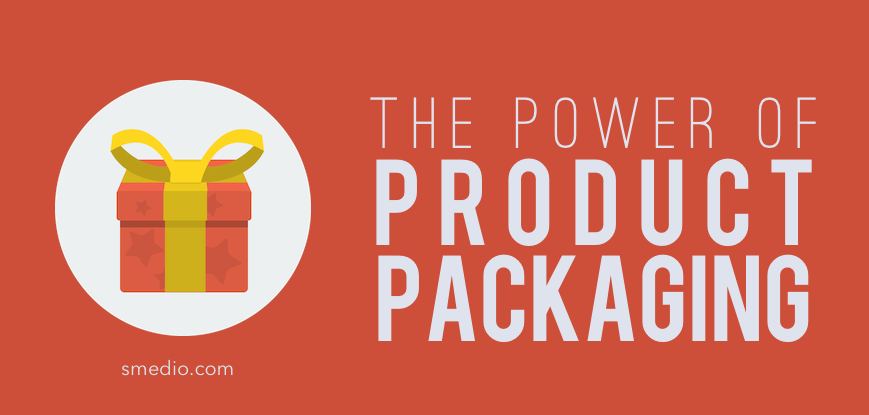Product packaging could make or break the appeal of a product. It is possible to cleverly use packaging to lower product appeal. If you’re unsure why any company would want to use packaging in this way, it isn’t ever a business choice; the decision comes from government diktat. The Australian government, for example, recently decided to take up one of the most creative and powerful steps ever adopted against tobacco — manufacturers of tobacco products in that country are required to use plain packaging with none of the gloss associated with commercial product design.
The policy requires manufacturers to turn away from a number of critical marketing and packaging basics. Cigarette packaging isn’t allowed to display the manufacturer’s logo or other signs that would create brand recognition, for example, and the packaging used is required to be simple and generic. The step found great success lowering rates of tobacco use. To any small business owner attempting to weigh the benefits of investing in quality packaging design, there is an invaluable lesson here to learn: plain packaging can be such a turn-off, it can even send addicts running.
Following the rules of attractive packaging, on the other hand — applying instantly recognizable packaging style, materials, font and logo — greatly draws consumer interest.
Eye appeal is buy appeal
When faced with a sea of plain plastic or glass ketchup bottles, it may be impossible for shoppers to ignore a product that comes in beautifully designed matte-finish bowls. It can also be hard to look away from artisan inspired whole cocoa chocolate in packaging made of hessian when glossy printed plastic is the material of choice for every mass-market brand of chocolat (the term for the chocolate generally available, that tends to substitute vegetable oil for cocoa butter).
Better packaging isn’t necessarily about greater quality or attractiveness. Creativity is everything, and it’s important to aim for packaging that is instantly recognizable for its individuality, and for its natural ability to suggest the qualities that you need to promote.
Know the consumer’s mind
The clean minimalism of Apple’s packaging or the gentle colors of Tiffany’s are good standards to aim for, but won’t work on every product. In great measure, the success of a choice of packaging depends on the demographic that you’re aiming for.
Men’s cosmetics could benefit from rugged materials and practical design. Hugo Boss’s line of men’s cosmetic products, benefits from research that shows that men hate products with fiddly packaging or caps that can that can come off in gym bags. These are features that can actually help with product satisfaction. If you’re selling to children, fun shapes are important, as is ease of handling. A shrink-wrapped box on a product for a three-year-old, for example, makes little sense.
Aim for high-end feel on the cheap
The cost average for consumer product packaging stands at about 9% of final retail price. Premium packaging can go even higher, but it is important to see it as an opportunity, rather than an expense, since it can help raise sales numbers when correctly done. A creative approach can help make it happen for less, however. Often, applying the latest packaging innovations can help a product stand out and make a thorough impression at low outlay.
Be honest
According to leading product packaging services provider CLSmith.com, it’s easy to depict a product on its packaging as being far better than it really is. While doing so can certainly attract greater consumer interest, such moves are likely to backfire. Consumers will realize somewhere along the line that they’ve been had. It’s a far better idea to be honest about the claims that go on packaging.
Develop a theme with your product packaging
The design that you use for your product’s packaging can both help promote the product and also the company that stands behind it. The more uniform the packaging design used is across a line of products, the more recognizable the brand becomes.
The take-away is this: consumers care as much about product packaging as they do about the product itself. They do this because often, detailed product information can be hard to come by or to understand, and packaging must stand in for it. It may be wrong to judge a book by its cover, but it’s what consumers do. Businesses that do not invest in creative packaging tend to lose out. Investing in packaging is one of the smartest moves that any consumer business can make.
Alexandra Garner is a graphic designer who often works with companies on their branding and packaging needs. He also enjoys expressing his opinion through article writing.
[et_social_share]








